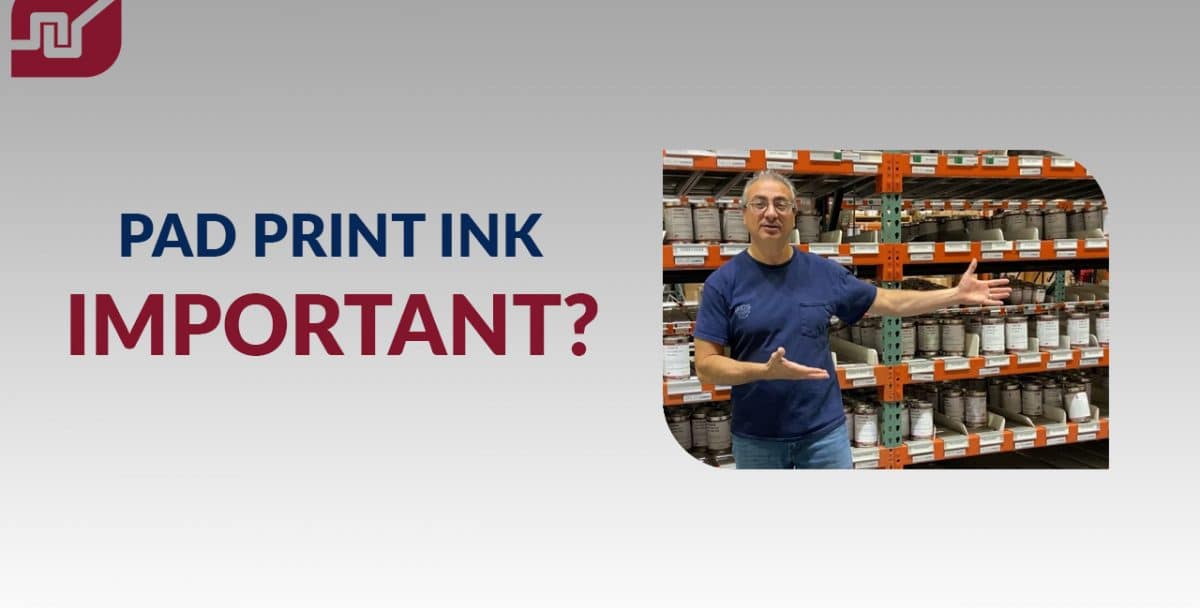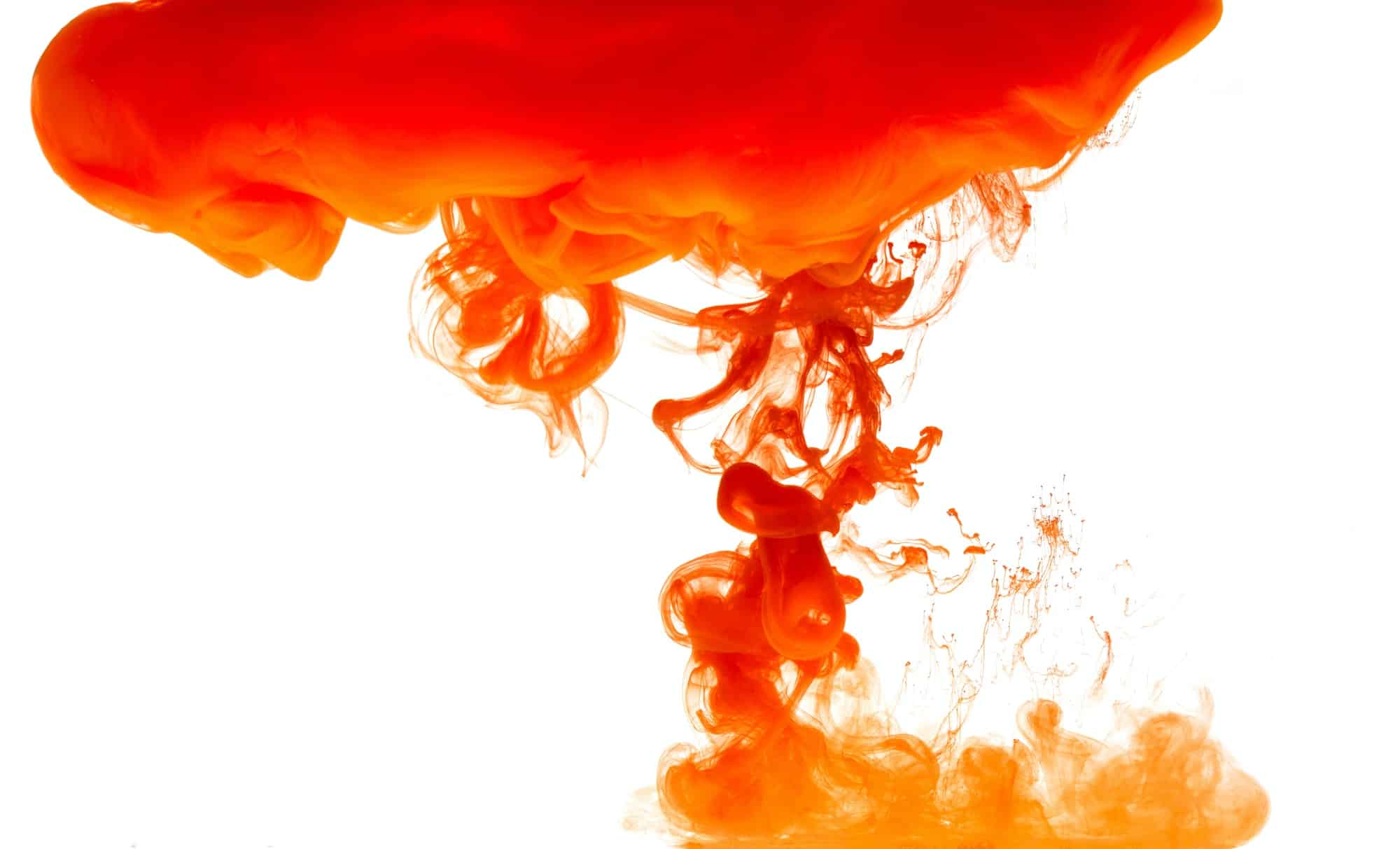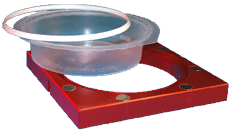What Is Pad Printing Ink And How Is It Used?

What is Pad Printing Ink?
Achieving repeatable, high-quality pad print product decoration depends on identifying quality equipment and pairing this equipment with high-performance consumables. Identifying the right pad printing ink for each unique substrate, product geometry, production, and use requirements is a key step toward success.
Trans Tech is proud to have the largest warehouse of Pad Printing Inks in North America. The experts in the Trans Tech Ink Lab guide customers to the best standard or custom Pad Printing ink for each unique application.
Let’s discuss some of the ways ink fits into the pad printing process, and the best way to identify the best ink for each application.
Ink In The Pad Printing Process
Obviously, at the most fundamental level pad printing ink is used by the printer to transfer the image from the cliché to the substrate. But it’s not just as simple as choosing from a select stock of inks and filling the ink cup. Ink’s should be designed specifically for the product that they are decorating.
Just as you would put much forethought into how a pad printer fits into your workflow, the same should be done for finding an ink that suits all of your production needs and challenges. The first step to this line of thinking is understanding exactly what types of ink exist on the market today and the various components that comprise them.
Ink Types
At a base level, pad printing inks vary in how many components make them up. The two main types of ink are 1-component and 2-component inks. This label refers to the number of materials used in mixing the ink. For 1-component inks, the ground pigment is mixed with one item: a solvent. Generally, these inks call for a percentage of weight at around 15%. The product is a liquid ink that can then be added to a printer’s ink cups.
2-component inks function the same way, however, they are also viable for adding a hardener. Hardeners and Solvents are additives used to create an ink that performs to the specific needs of any given application
Pad Printing Ink Components
The components that make up a Pad Printing Ink mixture each serve a different purpose in its end product. These components are designed with precision to achieve a variety of effects, thereby creating individualized solutions for pad printing operations.
Color
The construction of the perfect ink begins with determining the desired color for your print. To create the ideal amount of contrast with the substrate and maintain artistic quality, the Trans Tech Custom Color Mixing team utilizes spectrophotometers to fine-tune the color blend to a market-leading ΔE color variance of 2.0 or less.
It’s important to have a supplier that retains your ink color profile on record. This allows your supply chain to remain uninterrupted while you receive continuous batches of identical ink.
Solvents
As stated before. Solvents are what initially provide viscosity to the ink’s color mix. However, solvents remain useful after the initial mixing process. As the ink is used, the solvent portion of the mixture begins to evaporate. While this doesn’t ruin the ink, it does change the texture of the ink, making it more apt to clump and stick in unintended ways.
Periodically adding solvent allows the ink’s lifespan to be prolonged. Keep in mind, not all solvents have the same chemical makeup. As such, solvents are paired with specific lines of ink to work together. These custom ink and solvent pairings will be crafted specifically for your unique product decoration needs.
Hardeners
While Solvents are the ideal solution for thinning an ink, a hardener is the best choice for adding resistance to the mixture. A Hardener can help ensure that once the solvent has evaporated, the print maintains a greater degree of tolerance for abrasion. The ink’s resistance is elevated, allowing it to stand up to wear and tear better than just with a solvent.
Not all Pad Printing Inks are compatible with hardeners, however. As we stated before, 2-component ink series may have the ability to incorporate a hardener (sometimes referred to as a catalyst) as long as they are chemically compatible. Your need for a hardener will be taken into consideration when you select a custom ink for your production needs.
Matching Pad Printing Ink with Substrates
We’ve already addressed a wide array of considerations that play into the process of selecting your ink. One aspect we haven’t discussed yet is how these inks interact with the product surface, the substrate, that they are intended for.
As you can imagine, you can’t simply match any ink series with any type of substrate. Each material’s chemical composition will make it ideal for certain ink types and completely incompatible with others. Trans Tech offers more than 8 different primary ink series, each with its own aspects and compatible substrates. These inks cover materials made of thermoplastics, duroplastics, metals, coated surfaces, glass, wood, and paper just to name a few.
If you’re not sure where to start in selecting an ink for your product, don’t worry. Trans Tech’s industry-leading team has a deep understanding of the chemistry and functionality of each ink available. They will match you with a blend that fulfills all the intricate demands of your production operation.
Supporting Ink Technologies
In any operation utilizing Industrial Pad Printers, it’s important to take into account the many technologies that exist to support the process. The best example of this for Pad Printing Inks is ink cup technology.
Ink cups perform the essential function of moving the ink along the Pad Printing Plate, thus filling the cliché. Traditional ink cups are usually attached mechanically or magnetically to the plate, but other innovations offer to improve the process.
Trans Tech’s patented SpaceFrameTM and Express Liner System takes the industry-standard sealed ink cup design and streamlines the process for optimizing set-up and clean-up times. The design employs a disposable liner with an optimized reservoir that ensures material cost savings and ease of use for lightly trained operators. This approach can generate over 25% cost savings and over 85% time savings compared to traditional ink cup systems.
Ink Expertise
When you start up your Pad Printer, you want to know that every variable has been taken into account. This is the level of assurance that every single Trans Tech team member, across all of our different teams, strives for. This is especially true of our Expert Ink Lab team members.
Our lab contains a wealth of cumulative knowledge not only about ink chemistry, composition, and applications but also about how ink fits into the overarching processes of Pad Printing. Trans Tech offers more ink series than anyone else in the market. Our team regularly works with more ink orders and blends for unique substrates than anyone else in the industry. Our expertise combined with our investments in top-of-line spectrophotometers allows us to select the ideal ink for your product and at the exact color shade that you require.
Ink Engineering is just one of the many ways we’ve been pioneering the design and manufacturing of Pad Printing technology since 1979. Explore our site to learn more about our products, services, and other resources for finding your custom decoration solution.

Maurizio Caporali, Process Technician at Trans Tech, has over 36 years of pad printing experience. He has solved every possible type of printing challenge imaginable and is still inspired to help others succeed in their pad printing projects worldwide. His deep expertise encompasses the entire pad print process, including pad print machines and pad print consumables and how they best work together for optimal results.

